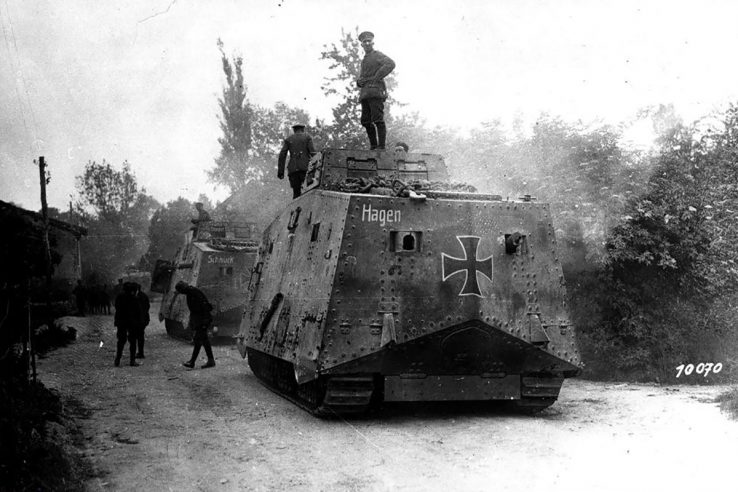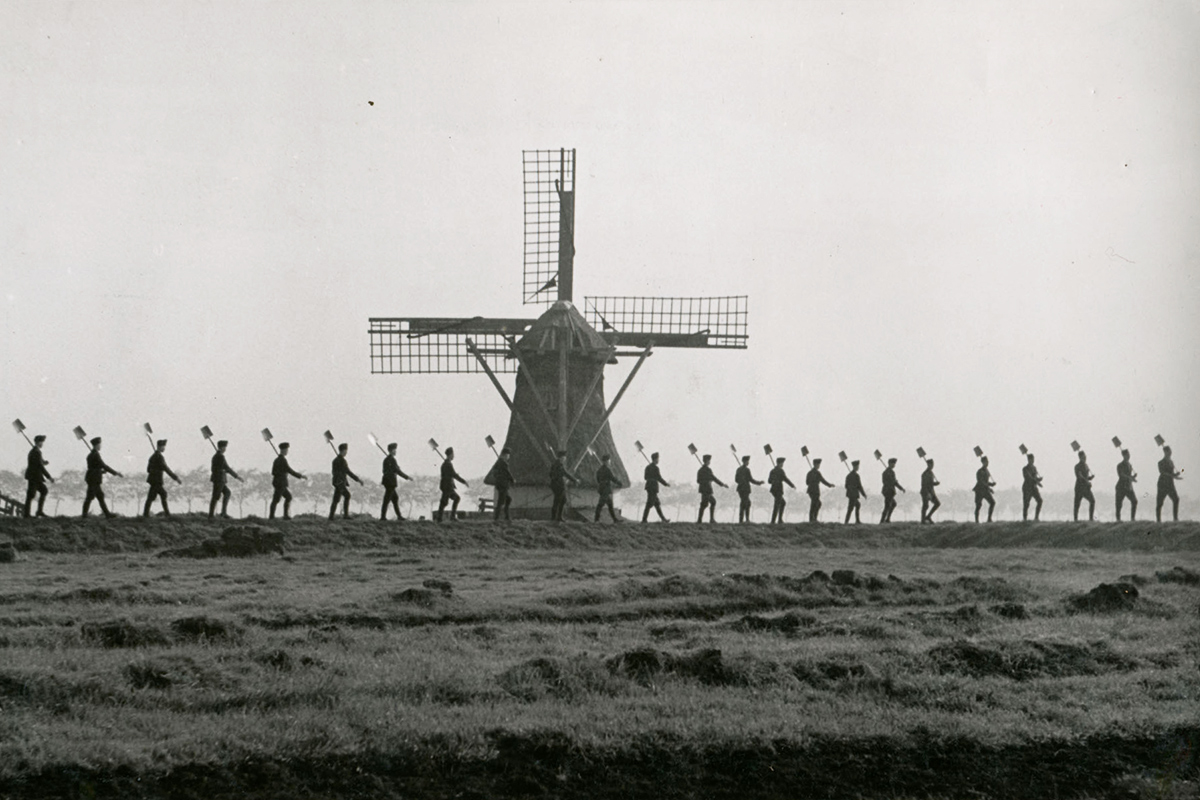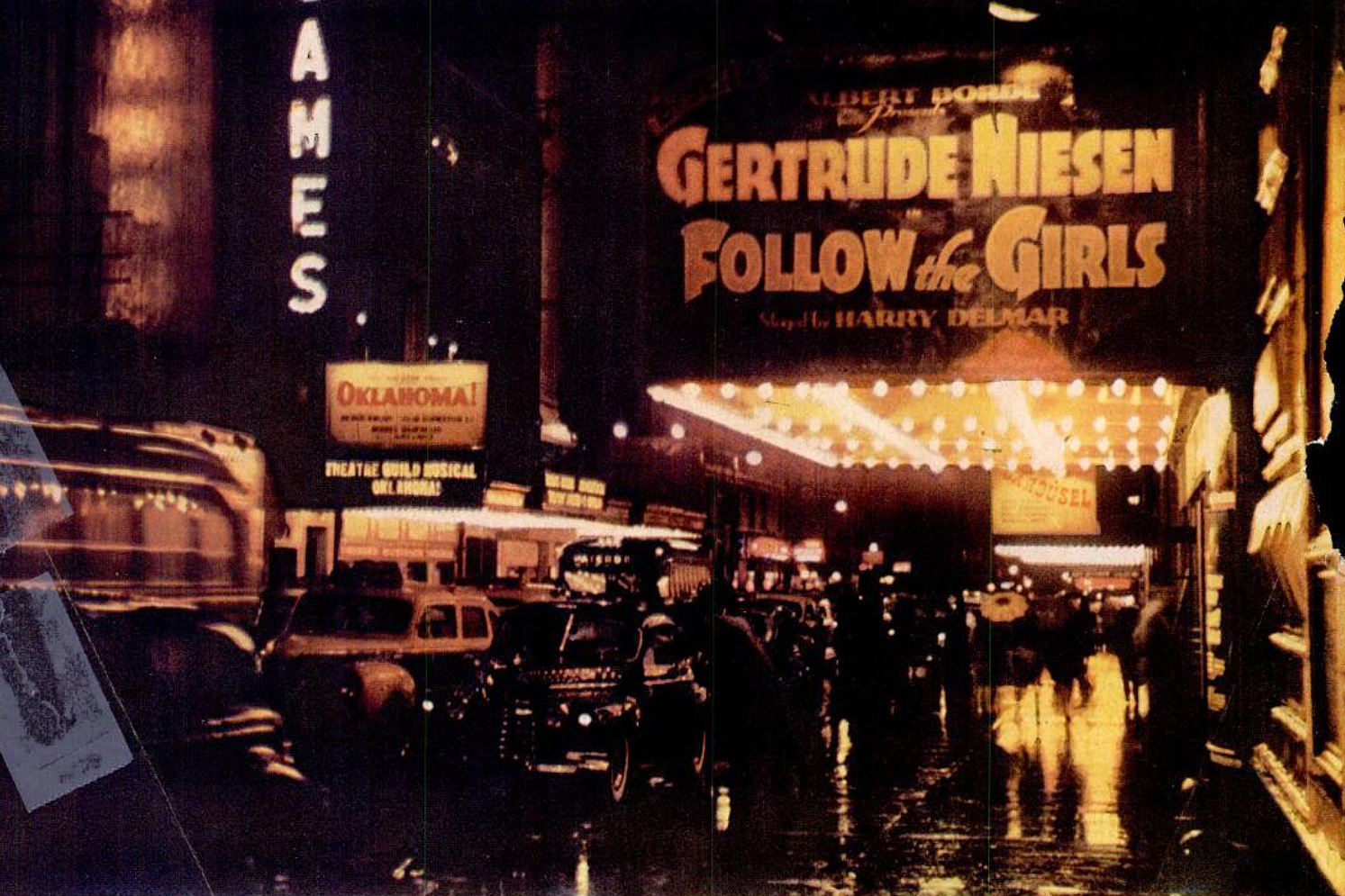Whenever a new technology is introduced, whether on the battlefield or at home, there is always a brief period when inventors, unfamiliar with the new concepts, begin experimenting with designs and plans, trying to push innovation to the limit. While these experiments occasionally produce useful results, the great majority end up on the scrap heap of history.
One such forgotten experiment was the A7V Sturmpanzerwagen, an early German attempt at creating a battle-ready tank.
First introduced on the Western Front in October 1917, these rolling monstrosities stood at eight meters in length by three meters wide and three high.
The primary weapon was a 57mm cannon, with no less than seven machine guns to provide a crude 360-degree field of fire.
Inside, the tank required a crew of up to eighteen soldiers to operate, usually in extremely cramped conditions.
In practice, the A7V turned out to be a fairly ineffective vehicle. The design was essentially a steel bunker mounted on treads, making navigation in the treachorous conditions of Northern France nearly impossible. Mechanical breakdowns were common and the armor was too thin to provide much in the way of protection. In the end, the German military was only able to procure twenty vehicles before steel shortages put a halt to further construction.
Still, despite its failure on the battlefield, the A7V is an intriguing machine. To a discerning steam- or dieselpunk enthusiast, the ungainly design and arrays of weapons may call to mind one of H.G. Wells’ land ironclads brought to life, forever scuttling through the broken earth toward the front, scouring the landscape for the enemy.





